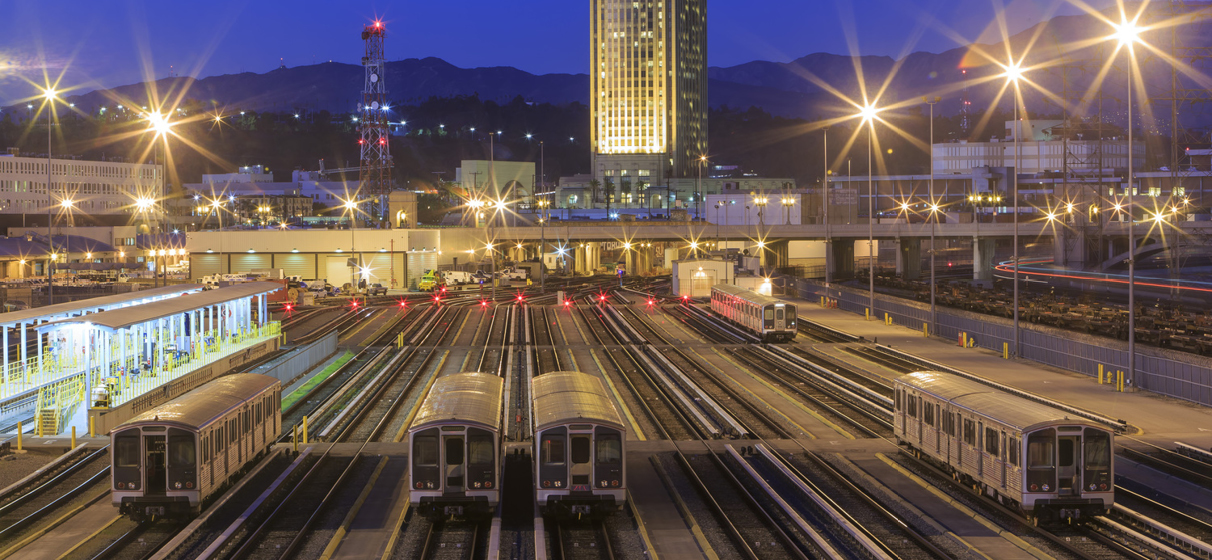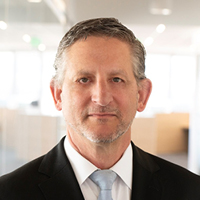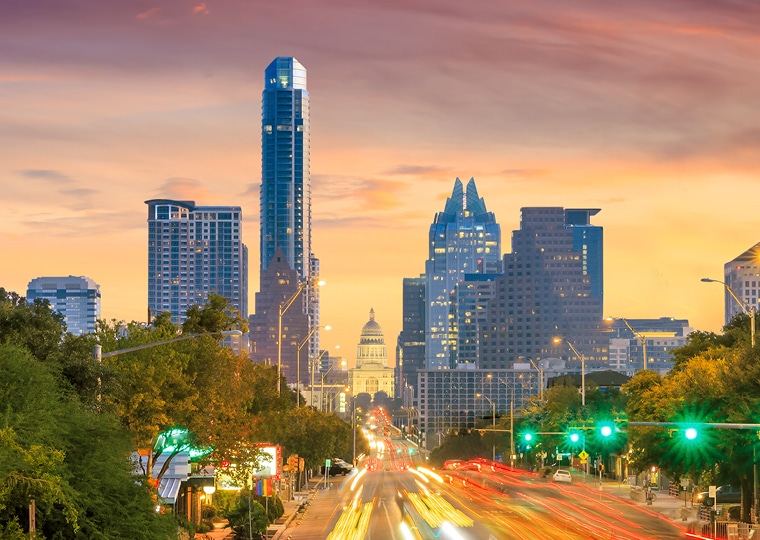Ahead of two monumental milestones – the 2028 Olympic Games in Los Angeles and the California Air Resources Board’s (CARB) mandate to transition all bus transit vehicles to zero-emission technology by 2040 – the 6th Annual Infraday California was laser-focused on the region’s urgent need for more resilient and sustainable infrastructure.
STV’s team of infrastructure experts in California is already far along in helping our clients address these challenges head-on, whether it be our technical support of the Los Angeles County Metropolitan Transportation Authority’s (LA Metro) zero-emissions bus program, or our design of new transit systems like Sections 2 and 3 of LA Metro’s Purple (D) Line Extension Project, which will provide direct access to Olympic venues.
However, the assembly at Infraday California served as an appropriate reminder of just how far-reaching the state’s transformative plan is going to impact its transportation infrastructure.
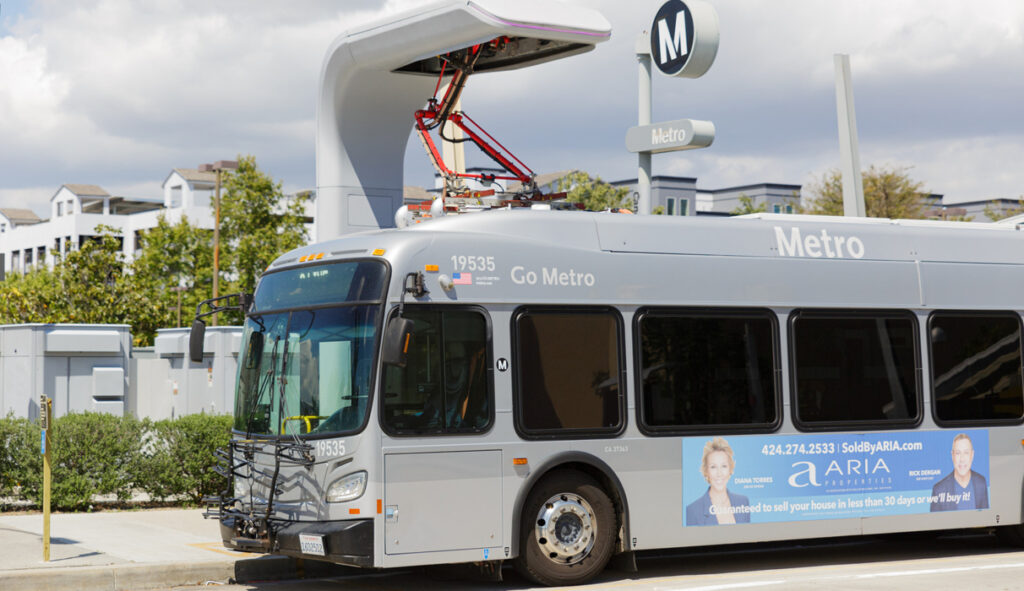
The Olympics alone are expected to be a landmark event, not just for the world of sports, but for the future of transportation in the Golden State. Millions of people are expected to be in California for the Games. As a result, officials are looking to make the Games a “transit first” event – meaning visitors will primarily use public transportation like bus and rail as well as other ride-sharing methods to access the more than 70 Olympic venues spread out across the region. This initiative sets the stage for Los Angeles to holistically reimagine itself from a “car city” into a first-class multimodal transit center that leverages sustainable technology and cutting-edge infrastructure concepts like AI and machine learning, autonomous vehicles and other smart mobility solutions.
Some of these concepts which stand to shape California’s mobility landscape ahead of the Olympics were discussed in the panel “Urban Momentum: Charting the Future of Mobility in California’s Business District,” which was moderated by STV’s Gene Kim. This panel explored the strategic initiatives, technological innovations and market dynamics driving urban mobility including smart infrastructure, data analytics for demand forecasting, mobility-as-a-service, and more.
STV’s expertise of many of these advisory services and concepts will help the region unlock its mobility potential for the 2028 Games. Our growing practices include mobility technologies, smart cities and digital solutions, which allow us to execute on plans that will upgrade traffic signal priority and other traffic management systems, predictive AI and analytics and micromobility vehicles – helping to create agile, resilient and connected infrastructure that will serve Californians in 2028 and beyond.
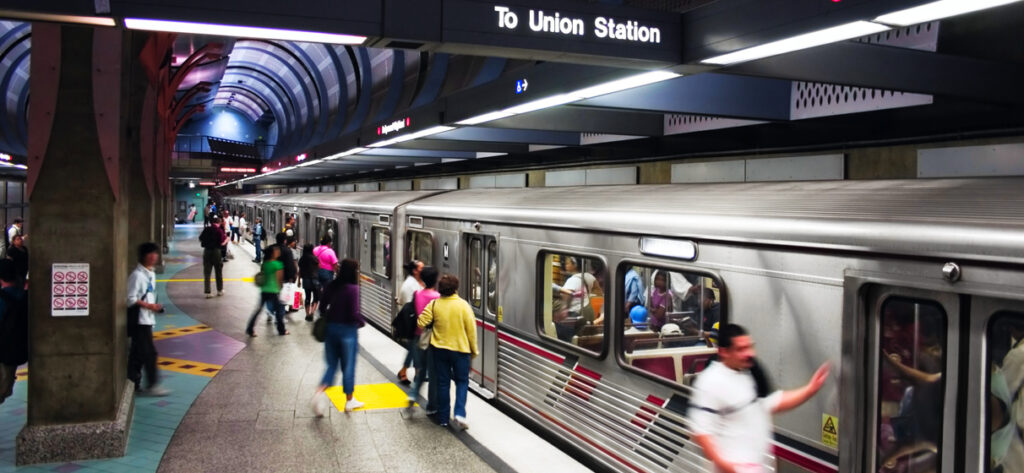
With such a profound desire to reduce the overall carbon footprint of the Olympic Games, STV’s sustainable bus transit experience will also prove to be important to allow the region to execute on its green mobility plan. In concert with CARB’s 2040 initiative, STV is already a leading provider of professional services for transit agencies across North America as they transition to zero-emission technology. In California alone, in addition to the LA Metro bus program, our work includes the design for new battery-electric bus charging infrastructure for Omnitrans in San Bernardino, consultant services for San Diego County’s North County Transit District’s transition to battery electric and fuel cell electric buses, and charging infrastructure upgrades at the San Mateo County Transit District’s (SamTrans) South Base Maintenance and Bus Yard in San Carlos in Northern California.
The next few years of infrastructure development stand to leave a legacy on Los Angeles County, the state of California and the mobility industry as a whole. These improvements will position Los Angeles as a model for urban transportation planning, demonstrating how a seamless, efficient and green transportation network will pave the road for a smarter, more connected future.
